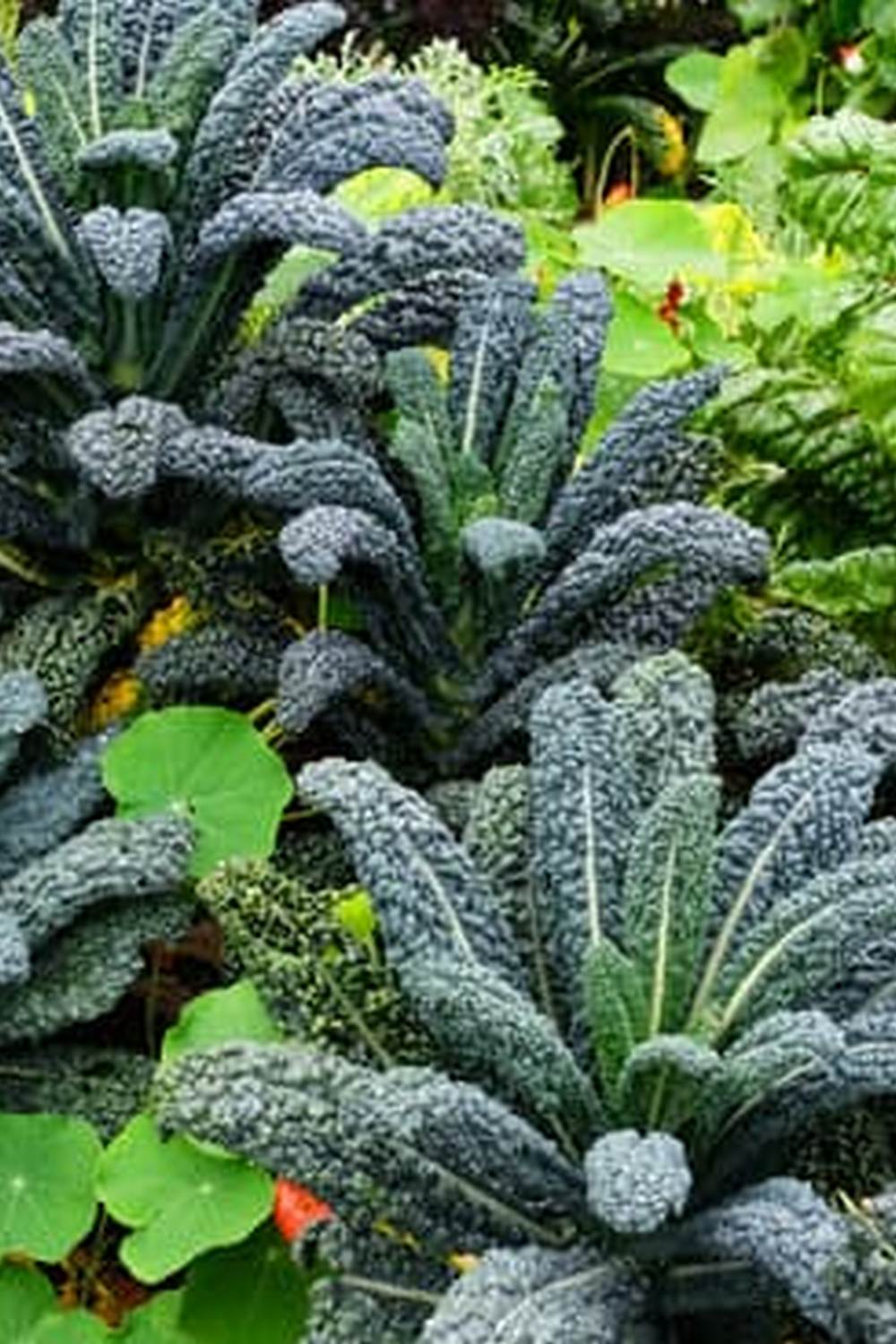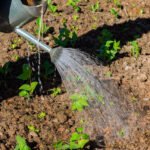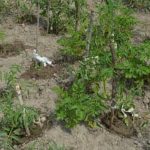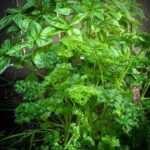Are fireplace ashes good for vegetable gardens? Many gardeners wonder about the potential benefits of utilizing fireplace ashes in their gardening practices. The composition of fireplace ashes, including their pH levels and nutrient content, can have a significant impact on soil health and plant growth. In this article, we will explore the idea of using fireplace ashes in vegetable gardens, discussing their composition, application methods, potential risks, and specific benefits for different types of vegetables.
Fireplace ashes are known to contain various components that can contribute to the overall health of soil and plants. Understanding the composition of fireplace ashes is crucial in determining their potential benefits for vegetable gardens. Additionally, their influence on soil pH levels and nutrient content plays a significant role in supporting the growth and development of vegetable plants.
In the following sections, we will delve into how fireplace ashes can affect soil pH levels and provide essential nutrients for vegetable growth. Moreover, we will provide detailed instructions on how to properly apply fireplace ashes in vegetable gardens to maximize their benefits without causing harm to the plants or surrounding environment. It is important to consider both the advantages and potential risks before incorporating fireplace ashes into your gardening routine.
Composition of Fireplace Ashes
When it comes to gardening, the use of fireplace ashes has been a topic of interest for many gardeners. Before incorporating fireplace ashes into vegetable gardens, it is essential to understand the composition of these ashes and how they can potentially benefit gardening practices.
Components of Fireplace Ashes
Fireplace ashes are composed of various minerals, including calcium carbonate, potassium, magnesium, and trace amounts of phosphorus. These minerals are derived from the wood that was burned in the fireplace and are left behind after combustion. Due to their mineral composition, fireplace ashes have the potential to provide essential nutrients for plants when used in the garden.
Potential Benefits for Gardening
The components found in fireplace ashes have several potential benefits for gardening. Calcium carbonate can help raise soil pH levels, making it less acidic and more suitable for certain vegetables. Additionally, potassium and magnesium can contribute to plant growth and overall health. These minerals can also improve soil structure and enhance nutrient uptake by vegetable plants.
Considerations for Usage
While fireplace ashes contain valuable minerals for gardening, it is crucial to use them sparingly and with careful consideration. Excessive application of fireplace ashes can lead to an imbalance in soil pH levels or an overabundance of certain nutrients, which may negatively impact plant growth.
It is recommended to conduct a soil test before applying fireplace ashes to determine the current pH levels and nutrient content. Additionally, only non-treated wood ashes should be used in the garden to avoid introducing harmful chemicals or contaminants into the soil.
pH Levels and Nutrient Content
When considering the use of fireplace ashes in vegetable gardens, it is important to understand how they can affect the pH levels and provide essential nutrients for the growth of vegetables. Fireplace ashes are primarily composed of calcium carbonate, which can effectively raise the pH level of acidic soil. This is beneficial for vegetables that thrive in slightly alkaline soil conditions, such as broccoli, cabbage, and kale.
pH Level Adjustment
The alkaline nature of fireplace ashes can help balance out the acidity present in certain types of soil. By increasing the pH level, fireplace ashes create a more suitable environment for vegetable plants to absorb nutrients from the soil. This adjustment can lead to healthier and more robust growth, ultimately resulting in better yields during the harvest season.
Nutrient Contribution
In addition to altering pH levels, fireplace ashes can also contribute essential nutrients to the soil. Potassium, phosphorus, and magnesium are among the key elements found in fireplace ashes that are beneficial for vegetable growth. These nutrients play vital roles in various plant functions, including root development, flowering, and fruit production.
It is crucial to carefully monitor the application of fireplace ashes in order to avoid overdoing it and causing an imbalance in soil pH levels or nutrient content. While they can be advantageous for certain vegetables, excessive use may lead to adverse effects on others. Hence, maintaining a proper balance and regularly testing soil conditions is essential when incorporating fireplace ashes into vegetable gardens.
Application and Usage
Fireplace ashes can be a valuable resource for vegetable gardens, providing essential nutrients and benefiting overall soil health. When properly applied, fireplace ashes can contribute to the successful growth of various vegetables.
Before using fireplace ashes in your garden, it’s important to understand the proper application and usage. One of the key considerations is the pH level of the soil. Fireplace ashes are alkaline in nature, so they should only be used in soils that are acidic or neutral. Testing the soil pH is crucial before applying fireplace ashes to ensure that it won’t raise the pH level too high.
To apply fireplace ashes in a vegetable garden, start by sprinkling a thin layer over the soil surface. It’s important not to use excessive amounts, as this can lead to an imbalance in pH levels and potentially harm plant roots. The best time to apply fireplace ashes is during the early spring before planting new crops. Once applied, lightly till the area to incorporate the ashes into the soil.
It’s also important to avoid mixing fireplace ashes with nitrogen-rich fertilizers, as this combination can produce ammonia gas that may be harmful to plants. Additionally, refrain from using ash from charcoal briquettes or treated wood, as these may contain harmful chemicals that can adversely affect your vegetable garden.
| Application | Usage |
|---|---|
| Apply a thin layer over the soil surface | Avoid mixing with nitrogen-rich fertilizers |
| Do not use excessive amounts | Avoid using ash from charcoal briquettes or treated wood |
| Lightly till the area after applying | Best time to apply is during early spring before planting new crops |
Potential Risks and Considerations
Fireplace ashes can be a beneficial addition to vegetable gardens, but it is essential to understand the potential risks and considerations before incorporating them into the soil. Here are some factors to consider when using fireplace ashes in your garden:
1. Heavy Metals Contamination: Fireplace ashes can contain trace amounts of heavy metals such as lead, cadmium, and chromium, which can be harmful to plants and humans if present in high concentrations. It is important to know the source of the wood used for the fire and avoid using ashes from treated or painted wood, as they may contain higher levels of toxins.
2. Soil pH Levels: The alkaline nature of fireplace ashes can significantly raise the pH levels of acidic soil. While this can be beneficial for certain plants, it may negatively impact others. It is crucial to test the soil’s pH before adding fireplace ashes and monitor the levels regularly to ensure that it remains within an optimal range for vegetable growth.
3. Application Quantity: Excessive application of fireplace ashes can lead to salt buildup in the soil, which can hinder plant growth and cause damage to sensitive vegetable plants. It is recommended to use fireplace ashes sparingly and incorporate them into the soil gradually, allowing time for the elements to break down and integrate with the existing components.
Considering these potential risks and factors, using fireplace ashes in vegetable gardens requires careful attention and moderation. By understanding these considerations, gardeners can make informed decisions about incorporating fireplace ashes into their gardening practices while maximizing their benefits and minimizing potential drawbacks.
Benefits for Specific Vegetables
When it comes to using fireplace ashes in vegetable gardens, specific vegetables can benefit from the nutrients found in these ashes. Tomatoes, peppers, and lettuce are popular vegetable plants that can thrive with the addition of fireplace ashes to the soil.
Tomatoes, for example, benefit from the potassium content found in fireplace ashes. Potassium is essential for fruit development and overall plant health. Additionally, tomatoes require a slightly acidic soil pH level, and fireplace ashes can help to lower the pH if it is too alkaline. Peppers also thrive in slightly acidic soil and can benefit from the calcium and magnesium present in fireplace ashes. These nutrients contribute to strong root development and fruit production.
Lettuce, on the other hand, benefits from the high potassium content in fireplace ashes which helps promote healthy leaf growth. It also contains trace minerals such as boron which are beneficial for overall plant health and disease resistance.
Overall, when using fireplace ashes in vegetable gardens, it’s important to consider specific nutrient needs of different plants and adjust accordingly. Proper application of fireplace ashes can result in healthier and more productive vegetable plants.
| Vegtable Plant | Benefits From Fireplace Ashes |
|---|---|
| Tomatoes | Potassium for fruit development and lowering soil pH if too alkaline |
| Peppers | Calcium and magnesium for strong roots and fruit production |
| Lettuce | Potassium for healthy leaf growth; trace minerals for overall health & disease resistance |
Alternative Uses for Fireplace Ashes
When it comes to gardening, fireplace ashes can serve multiple purposes aside from just enhancing the soil in vegetable gardens. Here are some alternative uses for fireplace ashes that can be beneficial in gardening and around the home:
- Composting: Mixing fireplace ashes into compost can help neutralize acidic materials and provide essential nutrients for plant growth. However, it’s important to use ashes in moderation as excessive amounts can negatively impact the compost pile.
- Pest Control: Sprinkling fireplace ashes around garden beds and plantings can act as a barrier against slugs, snails, and certain insect pests. The abrasive texture of the ashes can deter these pests from reaching delicate plants.
- Ice Melt: During winter months, fireplace ashes can be used as a natural alternative to commercial ice melt products. Sprinkling ashes on icy walkways and driveways can help improve traction and melt ice without the potential harm of chemical deicers.
- Odor Neutralizer: Fireplace ashes have absorbent properties that make them effective in neutralizing odors. Placing a small amount of ashes in a bowl or sachet can help eliminate unpleasant smells in areas such as closets or refrigerators.
By exploring these alternative uses for fireplace ashes, gardeners and homeowners can maximize the benefits of this readily available resource while reducing waste and promoting sustainability.
It’s important to note that while these alternative uses have their benefits, caution should still be exercised, especially when using fireplace ashes near sensitive plants or consumption areas. Conducting thorough research and seeking guidance from experienced gardeners can ensure safe and effective utilization of fireplace ashes in various settings.
Conclusion
In conclusion, the use of fireplace ashes in vegetable gardens can offer various potential benefits for soil and plant health. The composition of fireplace ashes includes essential nutrients like potassium and calcium, which can contribute to improved soil fertility and ultimately enhance the growth of vegetables. Additionally, the alkaline nature of fireplace ashes can help raise soil pH levels, creating a more favorable environment for certain types of crops.
However, it is crucial to consider the potential risks and drawbacks associated with using fireplace ashes in gardening. The high pH levels of ashes can be detrimental to acid-loving plants, so careful consideration should be given to the specific needs of the vegetables being grown. Furthermore, excessive application of fireplace ashes can lead to nutrient imbalances and harm beneficial soil organisms.
Despite these considerations, further research into the benefits and proper usage of fireplace ashes in vegetable gardens is encouraged. As with any gardening practice, it is important for interested individuals to conduct thorough research and experimentation to determine the most suitable approach for their specific garden conditions and crop preferences. With proper understanding and caution, fireplace ashes can indeed serve as a valuable resource for enhancing the productivity and health of vegetable gardens.
Frequently Asked Questions
Which Vegetables Do Not Like Wood Ash?
Some vegetables do not like wood ash, as it can raise the pH level of the soil too much for their liking. These include acid-loving plants such as potatoes, strawberries, blueberries, and rhododendrons. It’s important to do a soil test before adding wood ash to your garden to ensure it won’t harm your vegetables.
Are Fireplace Ashes Good for Tomato Plants?
Fireplace ashes can be beneficial for tomato plants in moderation. They contain potassium and calcium carbonate, which can help balance the acidity in the soil and provide nutrients for the tomatoes. However, it’s important not to overdo it – a thin layer of ashes mixed into the soil should be sufficient for tomato plants.
Can You Put Ashes in Vegetable Garden?
Yes, you can put ashes in a vegetable garden, but it should be done with caution. Wood ashes can be beneficial for certain plants, as they contain nutrients that may help improve soil quality.
However, they should be used sparingly and only after testing the soil pH level to avoid any potential harm to the vegetables. It’s also important to mix the ashes well into the soil to prevent them from blowing away or leaching into water sources.

If you’re looking to get into vegetable gardening, or are just looking for some tips on how to make your current garden better, then you’ve come to the right place! My name is Ethel and I have been gardening for years. In this blog, I’m going to share with you some of my best tips on how to create a successful vegetable garden.





